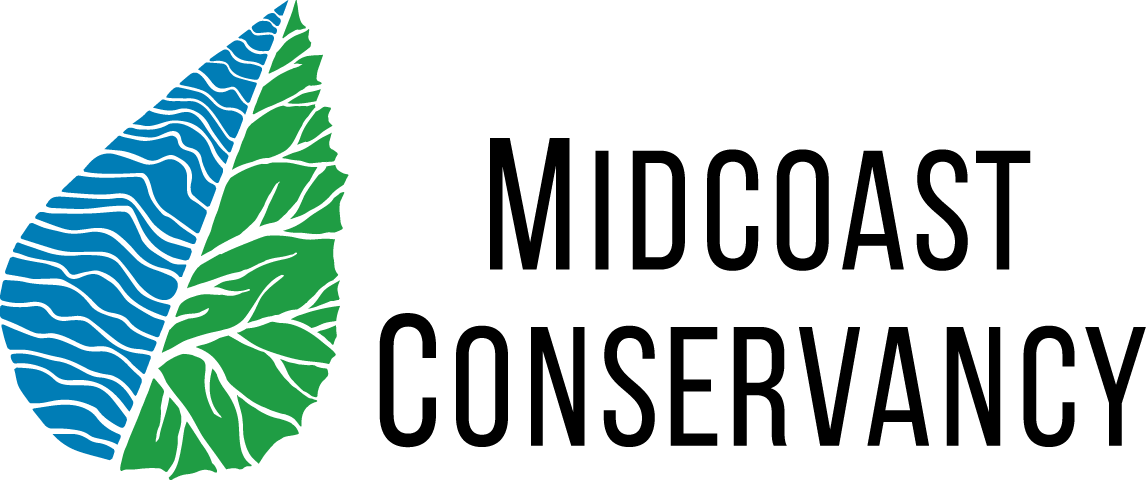Ecophysiology Along the Maine Coast
“In order to give species the chance to adapt in the face of a changing climate, we need to ensure that ecosystems stay healthy and resilient. It is essential that forests retain high degrees of connectivity between unfragmented blocks, that a wide diversity of habitat types are conserved, and that wetlands and stream networks are protected.”
Midcoast Conservancy is nestled in the mid-coast region of Maine, a state considered to be the most forested in America. Extending from the coast to the Canadian border, the "North Woods" blanket an incredible 89% of Maine’s land area and are the largest remaining contiguous block of forest east of the Mississippi. In the mid-coast region, the unique topography and proximity to the ocean gives rise to many diverse forest communities: northern hardwood stands, pitch pine on rocky ridges and beaches, wetlands lying low in bedrock basins, and spruce-fir forests at the southern limits of their natural range to name a few.
That is the marvelous thing about Maine: it exists at the convergence of two major plant biomes. Northern boreal species, such as spruce and fir, find their southernmost limit here while more southern temperate species, such as pitch pine, push their northern limit and are hemmed in along the warmer coastline. On the Friendship Peninsula, you can hike through Pitch Pine Woodland at Burkett Mills Preserve, then travel 12 miles south to Martin Point Wildlife Refuge to find moss and mist drenched Maritime Spruce Fir Forest. A perfect pair, the spruce-fir and pitch pine habitats exemplify the mixing of Northern and Southern biomes at the extremes of their range. A historic “great tension zone” has been identified within the state; a term coined by forest geographer E. Lucy Braun and discussed at length in the book The Changing Nature of the Maine Woods by Barton, White, and Cogbill. Braun proclaims “the boundaries of the region are ill-defined, for this is a great tension zone between encroaching more southern species and retreating more northern species.” Maine’s borders encompass this great transition between biomes, from which such richness and diversity arises.
However, as with all transitions, it also primes Maine for change and instability. The transition demarcates the meeting of northern boreal and southern temperate species at the edge of their respective ranges, existing in the narrow margin between hospitable and inhospitable. Any small change in conditions could easily tip the scale and expand or contract the edge of a species’ range, generally pushing it farther north and higher in elevation as winters warm. In order to give species the chance to adapt in the face of a changing climate, we need to ensure that ecosystems stay healthy and resilient. It is essential that forests retain high degrees of connectivity between unfragmented blocks, that a wide diversity of habitat types are conserved, and that wetlands and stream networks are protected. As residents of an area so primed for change, we can all take part in this effort to help ensure it thrives for generations to come.
By, Isobel Curtis, Midcoast Conservancy’s Stewardship Manager. In that capacity she helps coordinate trail maintenance projects, conduct property monitoring and mapping, and manage volunteers. Her hope is to connect communities with their local ecology by supporting public access and ecosystem health on conserved lands.
